Have you ever done the "white sock test" after your robot vacuum cleaner finishes a cycle? Or just walked barefoot across the kitchen floor? Perhaps too often, the floor appears clean, but it lacks that perfectly smooth, squeaky-clean feel underfoot. It might even feel a little sticky. That's the residue that plain water can't lift. If you're chasing that satisfying, barefoot-on-a-spotless-floor feeling, the secret lies in a better robot, and also a better cleaning solution.
Let's talk about how to make your floors look clean and feel great.
Is a Robot Mop Cleaning Solution Worth It?
Think about washing dishes with just water. Can you clean a greasy plate properly? Probably not. The same thing happens with robot mopping.
While your robot vacuum and mop are powerful, using them with only water is like trying to clean with one hand tied behind your back. So yes, a robot mop cleaning solution is definitely worth it.
Why Water-Only Cleaning Is Not Enough
Water has natural limits that restrain it from cleaning well. Surface tension makes water drops stick together. This causes water to roll around on surfaces instead of spreading out, so it can't get into dirt and lift it.
Many everyday messes create extra problems. Kitchen grease, oily paw prints from pets, and food spills actually push water away. When your robot mops with only water, it often just spreads these oily messes around instead of cleaning them up. What's left behind? A dull, streaky mess on your floors.
How Cleaning Solutions Work
A good robot vacuum cleaning solution uses two key ingredients that work together: surfactants and enzymes.
Surfactants Break Down Water's Barriers
These special cleaners act like tiny magnets for dirt. Each cleaning molecule has two parts:
- One end that sticks to water
- Another end that hates water but loves grease and dirt
When you use a cleaning solution with your robot vacuum and mop, it helps break down water's surface tension. This creates molecules that grab onto dirt and grease, lifting them off the floor so the vacuum's mop pad can easily wipe them away.
Enzymes Target Specific Stains
If regular cleaners handle everyday dirt, these special ingredients are like expert stain fighters called enzymes.
These natural proteins speed up cleaning by targeting specific types of messes. According to the American Cleaning Institute, enzymes work by breaking down stains into smaller pieces that surfactants can easily remove. They work like a lock and key: each type is made to break down a particular kind of stain.
| Cleaner Type | What It Is | Common Stains |
|---|---|---|
| Protein fighters | Protease | Food spills, pet messes, milk, and blood |
| Grease fighters | Lipase | Kitchen grease, butter, oily marks |
| Starch fighters | Amylase | Pasta sauce, gravy, potatoes, ice cream |
By using these specialized enzymes to dismantle big, stuck-on molecules into tiny pieces that dissolve in water, your robot mop can wipe away stubborn stains that would normally require intense scrubbing.
4 Benefits of Using a Robot Vacuum Cleaning Solution
Using a quality robot mop cleaning solution gives you several benefits:
- Deeper Cleaning: It effectively removes germs and sticky residues that water alone cannot tackle.
- Streak-Free Results: The solution dries quickly, leaving no marks or residue behind.
- Saved Money: These highly concentrated solutions last for months, providing a low cost per use.
- Longer Robot Vacuum Lifespan: The low-foam, metal-safe formulas help prevent damage to the robot's pumps, seals, and tubes.
In summary, while your robot handles the scrubbing, the cleaning solution does the essential work, together delivering professional results.

What is the Best Robot Mop Solution?
If you've decided to use a cleaning solution, the next question is which one to choose. The market offers two main types, official and generic, and the difference between them is critical for your robot's health and performance.
Official Brand Cleaners: The Safe Pick
This is, without question, the safest and smartest choice for your robotic vacuum cleaner.
- You don't have to worry about compatibility. The same people who built your robot also made these cleaning solutions. They tested them with every part inside your machine: the plastic water tank, rubber pieces, and water pump. Everything works together perfectly, making your cleaner a true robot vacuum and mop combo.
- You don't have to guess about performance. The cleaner is made specifically for how your vacuum works: how fast water flows and what kind of mop pad it uses. This means you get great cleaning without problems like too much foam (which can break the pump) or streaky floors.
- You don't have to stress about your warranty. This is the biggest reason to choose official cleaners. If you use anything else and your robot breaks, the company might refuse to fix it for free. Then you're stuck paying hundreds or thousands of dollars for repairs. With official cleaners, your warranty stays safe.
Universal Cleaners: Maybe a Gamble
These third-party solutions look attractive because they usually cost less or provide various scents, but at the same time, they may cause problems you don't expect. Universal cleaners claim to work for "all robot vacuums," but that's impossible since different brands use different materials inside.
Plus, you're on your own if something goes wrong. If a universal cleaner breaks your vacuum, you might be denied warranty coverage.
Can You Make a DIY Robot Vacuum Solution?
No. The internet is full of "hacks" suggesting you can use common household products in your robot mop. It's easy to think, "What's the harm in a little vinegar?" The hard truth is that these DIY solutions can cause damage to your high-tech cleaning vacuum.
A Breakdown of the Chemical Dangers
Common household products can seriously damage your robot vacuum cleaner:
- Vinegar: Even diluted, this acid slowly eats away at your robot's rubber seals and metal parts
- Essential oils & soaps: A few drops of these sticky substances will clog spray nozzles and make your tank brittle
- Bleach & strong cleaners: Strong often means they are corrosive and will destroy your robot's delicate internal components
- Regular floor cleaners: Designed for buckets, not robots - they foam up and jam your water pump

Cleaning Solutions: What to Use & What to Avoid
For a quick reference, use this simple guide to make the right choice every time.
| Solution Type | Our Verdict | Risk to Robot Vacuum and Mop | Impact on Floors | Warranty Status |
|---|---|---|---|---|
| Manufacturer-Approved Solution | Gold Standard | None - Designed for it | Streak-free shine | Protected |
| Plain Water | Safe Backup | None | May leave water spots | Protected |
| Universal "Robot" Cleaner | High Risk | Potential for corrosion/clogs | Can leave residue/streaks | At Risk / Likely Void |
| DIY Vinegar Solution | Do Not Use | High - Corrodes seals/metal | Can dull finishes | VOID |
| DIY Essential Oils/Soap | Do Not Use | High - Degrades plastic, clogs tubes | Leaves sticky, dirt-attracting film | VOID |
| Standard Floor Cleaner | Do Not Use | High - Foaming, residue buildup | Leaves sticky residue | VOID |
| Bleach/Harsh Chemicals | Do Not Use | Extreme - Severe corrosion | Can cause permanent damage/discoloration | VOID |
How to Use Cleaning Solution in Your Robot Vacuum?
Using the cleaning solution is simple. The exact method depends on whether your robot has a fully automated docking station or a manual-fill tank.
For Robots with Auto-Mixing Stations
These advanced systems significantly simplify the cleaning process.
- Locate the solution cartridge: Open your docking station to find the dedicated cartridge or reservoir for the cleaning solution.
- Fill the cartridge or insert a new one.
- Use undiluted concentrate. Do not add water. The station is designed to automatically mix the perfect ratio of solution and water for every cleaning and mop-washing cycle.
- Ensure the cartridge is secured. Close the lid, and you're done. Your robot vacuum will handle the rest.
For Robots with Manual-Fill Water Tanks
This method requires one simple measurement.
- Check the golden ratio: Most manufacturers recommend a dilution ratio of 1:200 or 1:300. This usually translates to about one capful of solution for a standard-sized clean water tank in a docking station. Always check the bottle for the specific recommendation for your product.
- Fill with water first: This is a crucial pro-tip. Always fill the clean water tank with cool water before adding the solution. Adding the solution first can cause it to foam up excessively when you add water from the tap.
- Measure and add the solution: Use the bottle's cap as a measuring tool, as intended by the manufacturer, and add the recommended amount to the water-filled tank.
- Close and start clean: Secure the tank lid, place it back in the dock or robot, and start your cleaning cycle.
FAQs
Q1: What cleaning solution can I safely use in my robot vacuum?
The safest and most effective option is always the cleaning solution specifically made by your robot's manufacturer. If that's not available, using plain, cool water is the only other universally recommended option that will not damage your device or void your warranty.
Q2: Can I put vinegar in my robot vacuum?
No. This is one of the most common but dangerous DIY mistakes. Vinegar is acidic and will corrode the robot's internal rubber seals and metal parts over time, leading to leaks and permanent damage.
Q3: Can I use bleach or other disinfectants in my robot vacuum?
Absolutely not. Harsh chemicals like bleach and ammonia are highly corrosive and will quickly destroy the sensitive internal components of your robot. They can also damage your floors.
Q4: Which cleaners should be avoided for all types of floors?
In general, avoid highly acidic cleaners (like undiluted vinegar) on natural stone like marble or granite, as they can cause etching. Also, avoid oily or waxy cleaners (like oil soaps or polishes) as they leave a residue that dulls the finish and can make floors slippery. Always stick to pH-neutral formulas for the broadest safety.
Conclusion
Water alone can't handle grease because it doesn't spread well. Special cleaners use ingredients that grab dirt and break down tough stains, giving you much better cleaning.
For safer use, select cleaning solutions that are made by the manufacturer of your robot vacuum. These products are designed to protect the internal components and help maintain your warranty. Other cleaners may not function properly, and homemade mixtures, such as vinegar or oils, can damage your robot vacuum.
Use official cleaning solutions to get the best results and help your vacuum last for many years.
Ready to unlock a truly effortless and brilliant clean? Discover Dreame's specially formulated cleaning solution, engineered to bring out the best in your robot and your floors.















































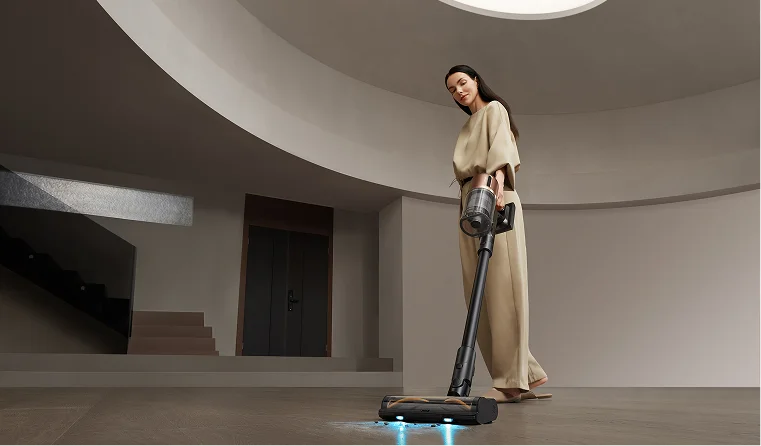
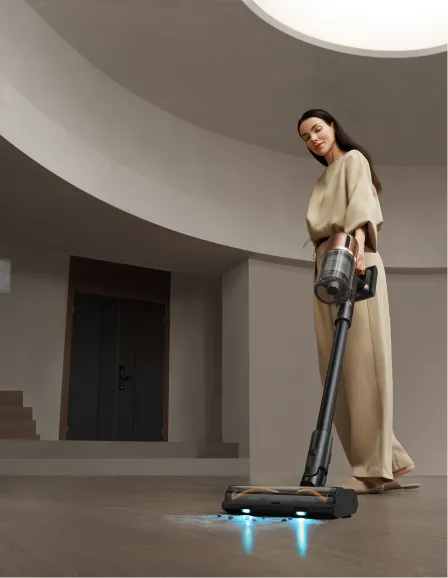

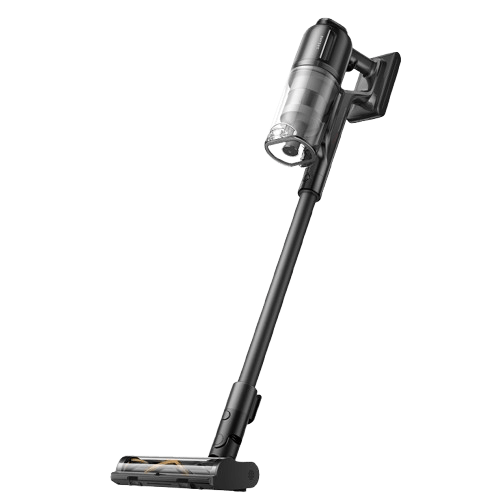

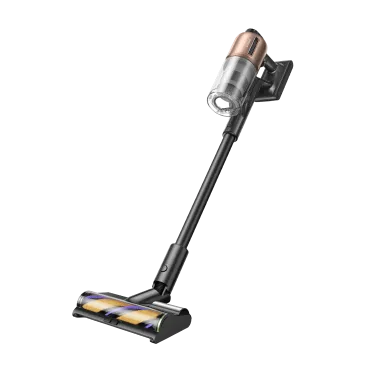
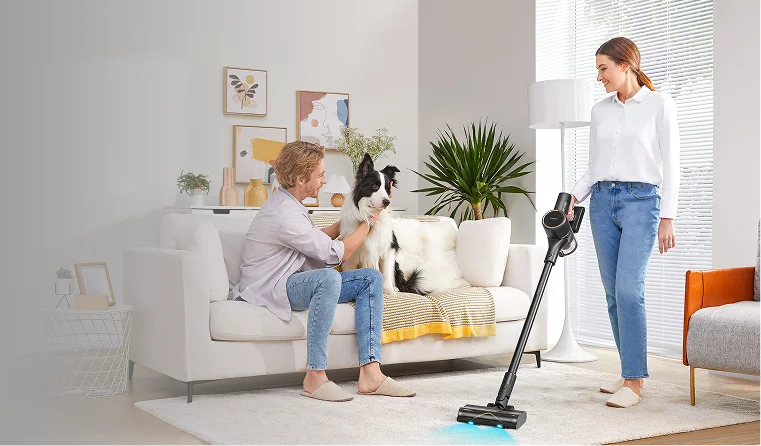
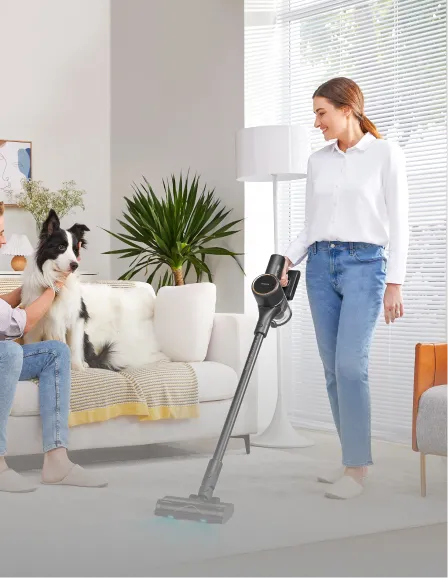
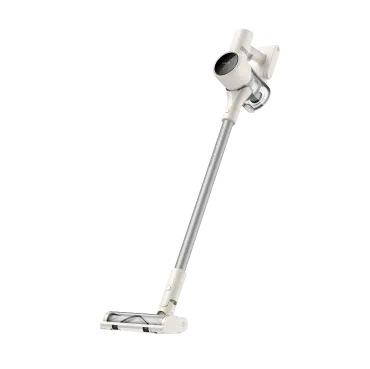
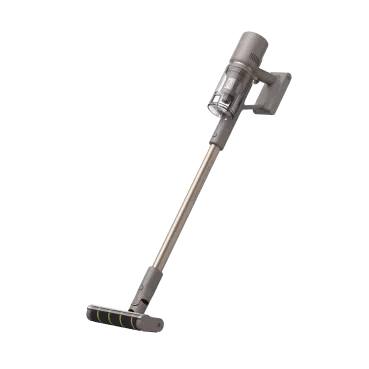
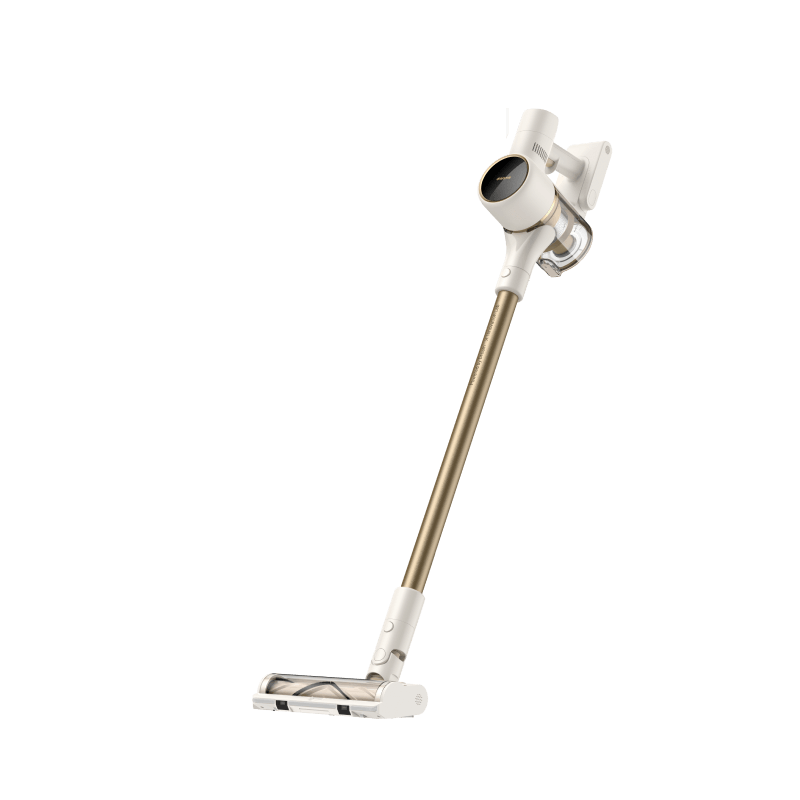
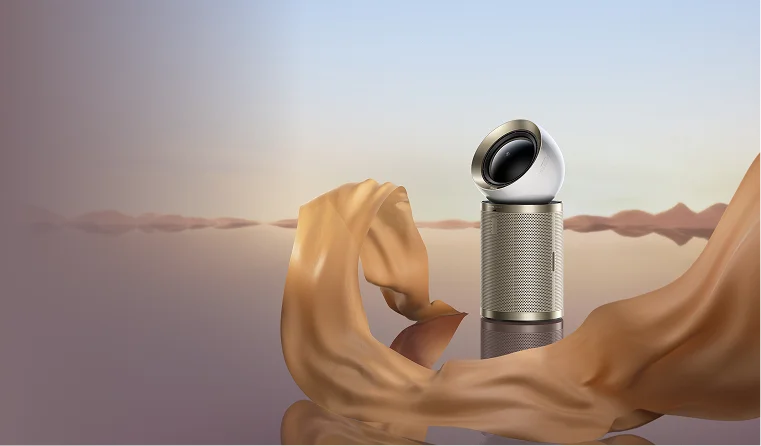
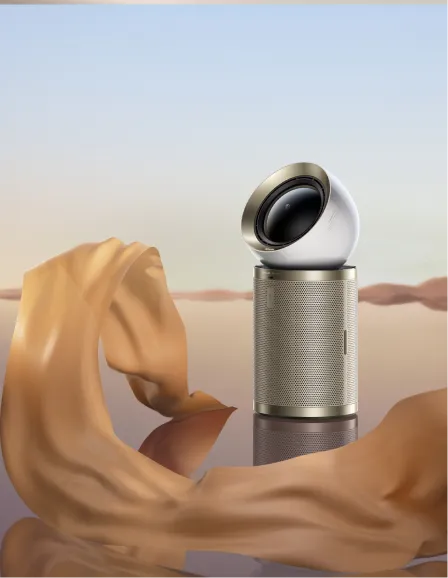

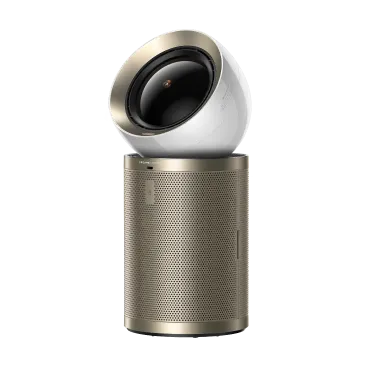

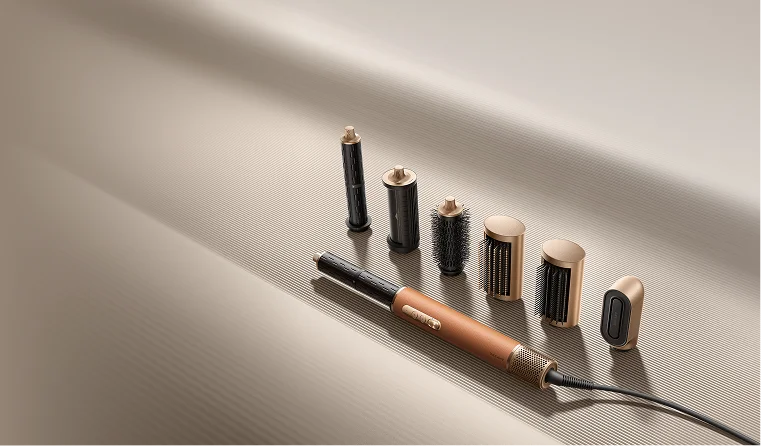
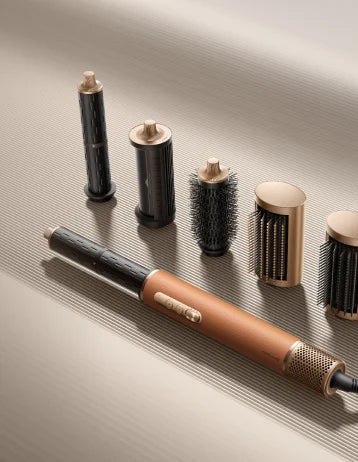
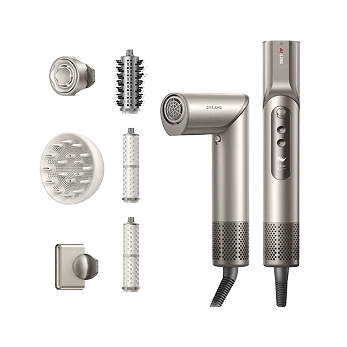


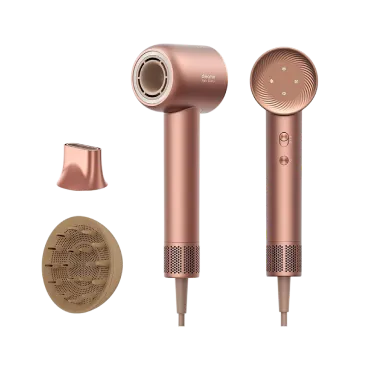
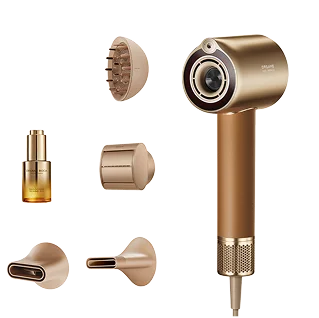




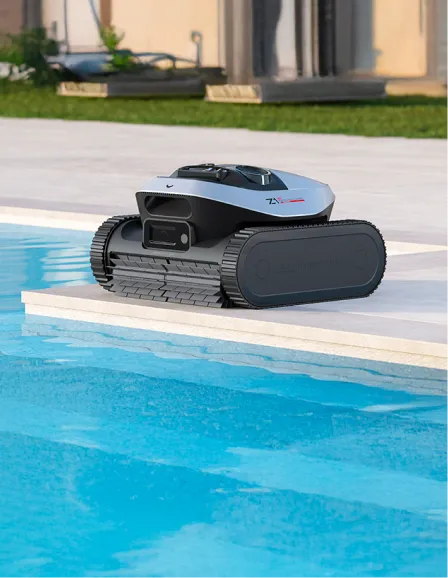
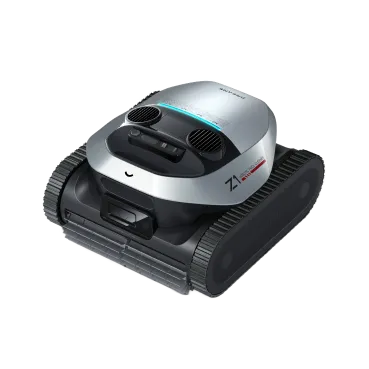
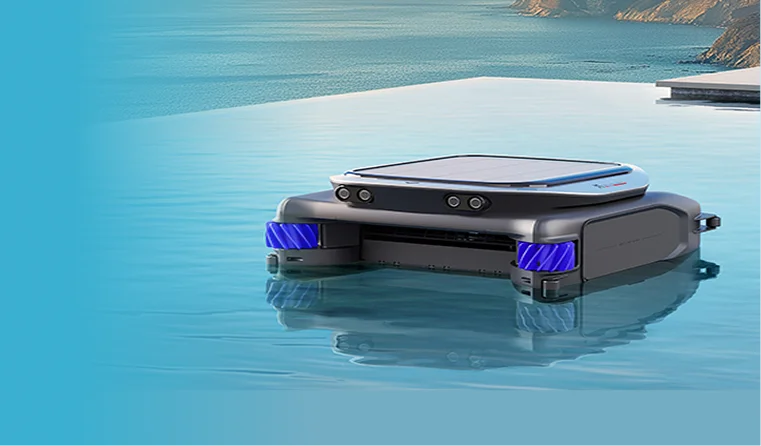











 Australia
Australia 中国大陆
中国大陆 日本
日本


 Türkiye
Türkiye


 Italia
Italia
 Netherlands
Netherlands Belgium
Belgium
 Greece
Greece Polska
Polska
 Norway
Norway
 Sweden
Sweden
 Finland
Finland
 Denmark
Denmark
 Hungary
Hungary Czechia
Czechia
 Slovenia
Slovenia
 Croatia
Croatia
 Switzerland
Switzerland United Kingdom
United Kingdom
 Canada
Canada



